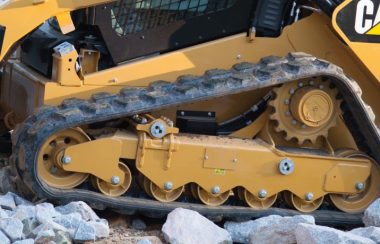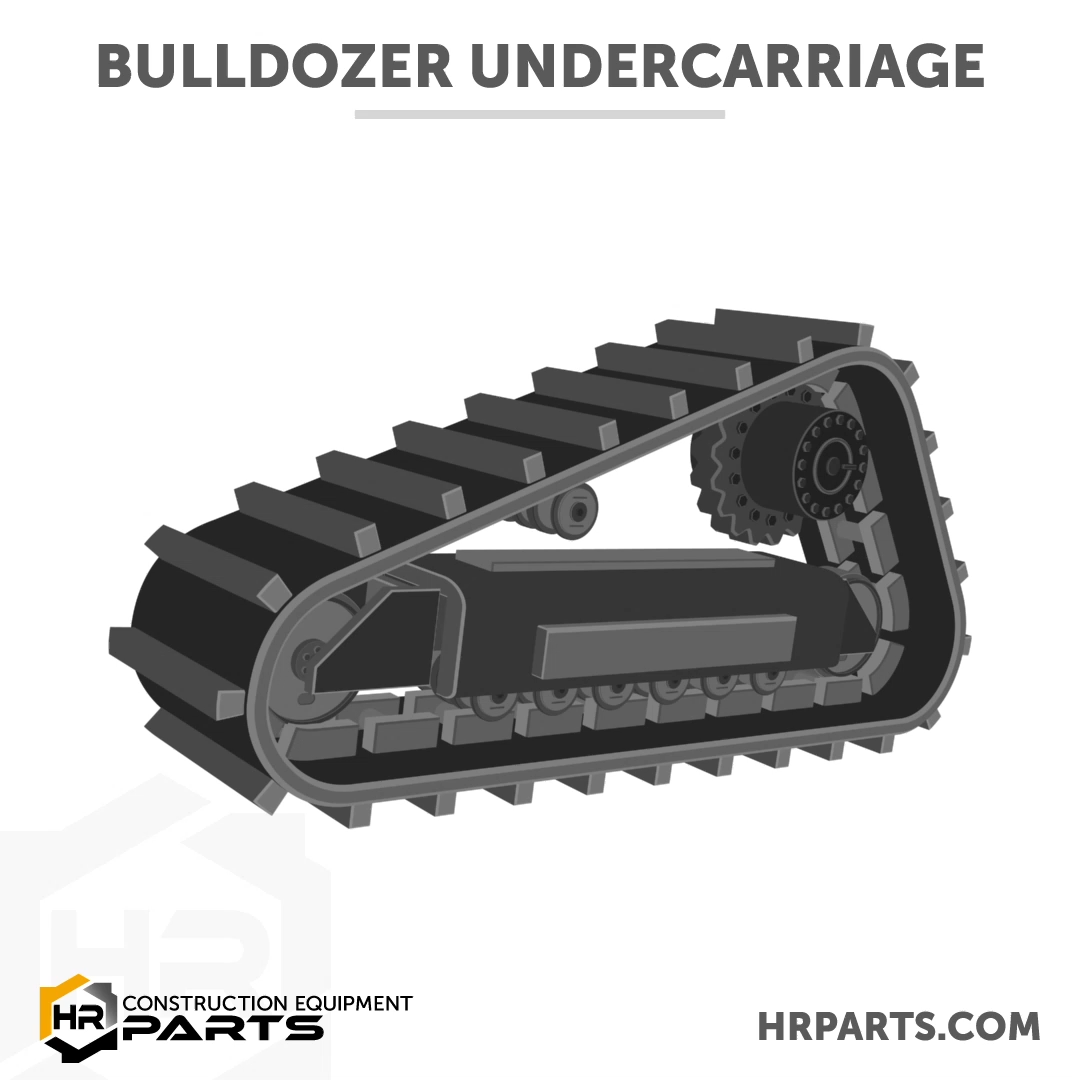Navigate Hard Surface: Why Picking the Right Undercarriage Parts Issues
Navigate Hard Surface: Why Picking the Right Undercarriage Parts Issues
Blog Article
Discover Undercarriage Parts for Heavy Machinery
Understanding the details of undercarriage parts is vital for the optimal performance and longevity of heavy equipment. From track footwear to idlers, sprockets, and rollers, each component plays a vital function in the performance of the tools. Looking into the specifics of these parts unveils a globe of precision design and longevity that keeps hefty machinery operating at its height. Remain tuned as we uncover the importance of undercarriage parts and explore the upkeep practices that can enhance the effectiveness of these critical components.
Significance of Undercarriage Parts
The undercarriage parts of heavy equipment play an essential duty in guaranteeing the total performance and long life of the tools. These parts, including tracks, rollers, chains, idlers, and gears, create the foundation upon which the machine operates. A well-kept undercarriage not only supplies stability and support to the heavy machinery yet additionally adds dramatically to its functional performance and performance.
One of the crucial benefits of purchasing top notch undercarriage components is the reduction of downtime and maintenance prices. By utilizing sturdy parts that can endure the rigors of sturdy applications, drivers can minimize the demand for constant fixings and substitutes, thus optimizing the equipment's uptime and total life expectancy.
In addition, effectively functioning undercarriage parts make certain ideal weight grip, distribution, and ability to move, allowing the hefty equipment to operate smoothly even in challenging terrains. This reliability is critical for sectors such as building, mining, and agriculture, where tools performance straight influences job timelines and productivity. To conclude, the importance of undercarriage parts can not be overstated in keeping the effectiveness and long life of hefty machinery.
Sorts Of Track Shoes
When thinking about the numerous kinds of track footwear for heavy machinery, it is essential to evaluate their layout and performance in connection with details functional requirements. Track footwear are critical elements of the undercarriage system, giving weight, stability, and traction circulation for heavy machinery such as excavators, excavators, and crawler cranes.
The most typical kinds of track shoes include:

** Grouser Shoes **: Featuring raised steel bars (grousers) along the shoe's surface area, these track footwear supply improved traction in difficult surfaces like mud, snow, and loosened crushed rock. undercarriage parts.
** Dual Grouser Shoes **: Similar to grouser footwear yet with an additional collection of grousers, these track footwear use also better traction and security, making them perfect for exceptionally rough surfaces.
** Three-way Grouser Shoes **: With 3 sets of grousers, these track footwear provide optimal grip and stability, making them appropriate for the most demanding problems.
Selecting the best kind of track footwear is important for maximizing the efficiency and longevity of hefty machinery while guaranteeing safety and performance throughout operations.
Feature of Rollers and Idlers
Rollers and idlers play indispensable duties in supporting and directing the track footwear of heavy equipment during procedure. Rollers are cylindrical components that sustain the weight of the devices and ensure smooth activity along the surface. They help disperse the maker's weight evenly, reducing endure the track shoes and reducing vibrations. Idlers, on the various other hand, guide the track chain and aid keep appropriate stress. By stopping excessive slack or rigidity in the tracks, idlers add to the general security and efficiency of the machinery (undercarriage parts).
In addition, rollers and idlers function together to keep the track shoes in positioning, stopping them from sliding or hindering off throughout operation. Properly working idlers and rollers are essential for making certain the longevity of the undercarriage system and making the most of the maker's performance. Regular maintenance and inspection of these components are necessary to determine any indicators of wear or damage early, avoiding expensive repairs and downtime over time.
Function of Sprockets in Equipment

Upkeep Tips for Undercarriage Elements
Effective maintenance of undercarriage components is essential for ensuring the long life and optimum performance of hefty equipment. Normal inspection of undercarriage components such as track chains, rollers, idlers, gears, and track shoes is essential to stop unforeseen break downs and pricey repair services. One essential maintenance pointer is to keep the undercarriage tidy from particles, mud, and other pollutants that can increase wear and corrosion. great post to read It is likewise crucial to guarantee appropriate track tension to stop premature wear on components. Greasing the undercarriage parts at suggested periods helps to decrease friction and extend the life-span of the elements. Monitoring for any kind of unusual sounds, vibrations, or changes in machine efficiency can suggest prospective concerns with the undercarriage that require instant focus. By adhering to these upkeep ideas diligently, hefty machinery operators can reduce downtime, decrease running costs, and optimize the efficiency of their devices.
Verdict
In verdict, the undercarriage components of heavy equipment play a vital duty in guaranteeing the smooth performance and durability of the equipment. Comprehending the relevance of track footwear, sprockets, idlers, and rollers, in addition to carrying out appropriate maintenance methods, can considerably affect the total performance and performance of the machinery (undercarriage parts). Normal inspection and timely replacement of damaged components are necessary in maximizing the life expectancy and performance of heavy equipment
Rollers and idlers play important duties in sustaining and directing the track footwear of heavy equipment throughout operation.In hefty machinery, sprockets serve an important function in moving power from the engine to the tracks, enabling the equipment to move efficiently and properly. These parts are connected to the axles or final drives of the equipment and work in conjunction with the tracks to push the tools onward or backward. Routine evaluation of undercarriage components such as track chains, rollers, idlers, gears, and track shoes is critical to avoid unexpected failures and expensive repair services. Understanding the value of track footwear, idlers, Recommended Reading rollers, and gears, as well as carrying out appropriate maintenance methods, can substantially influence the general efficiency and efficiency of the equipment.
Report this page